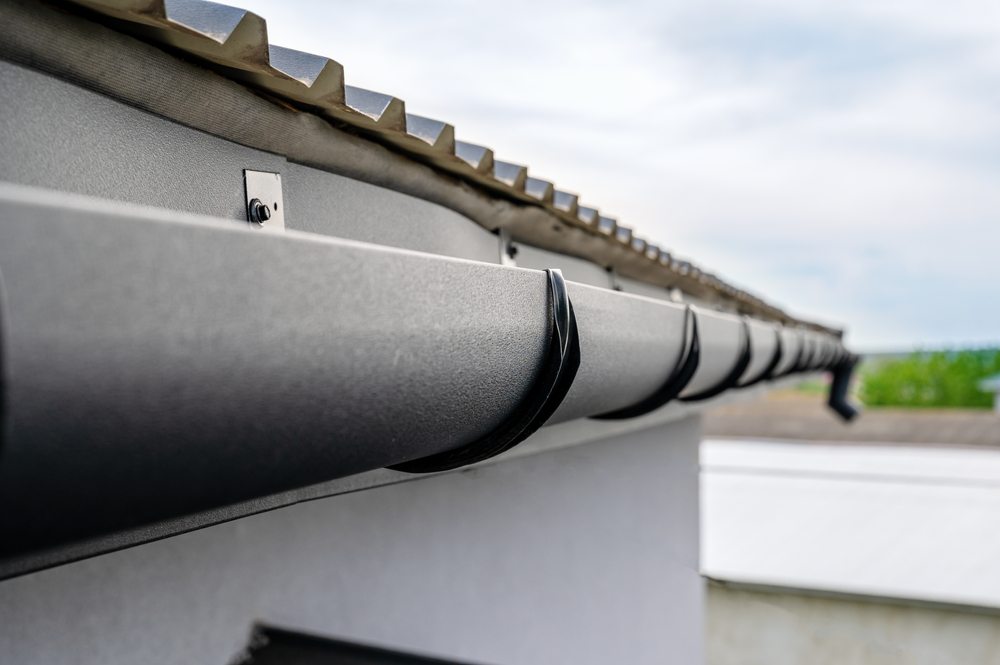Gutters may seem like a simple concept at first, however, choosing the right guttering system for your house takes a certain degree of knowledge and understanding.
Whilst the fundamental function of guttering is to direct water from a roof to a drainage system, there are significant differences between guttering systems that should be considered when choosing the right gutters for your house.

Two significant components of a guttering system to consider when making a purchase are the materials used to create the gutters and the profile of the gutters.
Gutters can consist of a range of materials that vary in quality and cost. Each guttering material comes with its own set of benefits and setbacks.
Read Also:
The profile of a gutter is the design of its cross-section. Different gutter profiles will have different functionality and aesthetic qualities. These are the three most commonly used gutter profiles.
There is a range of quad gutter sizes, and a high-profile gutter would be recommended for houses located in areas that experience heavy rainfall.
It’s important to consider these components of guttering systems when deciding which will be the most suitable for your home.
Whilst appearance will play a factor in deciding on your gutter material and profile, your decision should be more focused on how suitable the components are for the conditions your house is subject to.
For example, if your house is surrounded by tall gum trees, and you live in a particularly windy area, a half-round gutter would be the right choice for your guttering system even if you prefer the appearance of quad gutters.
This information should help you decide on the most suitable gutter system for your home; however, it is always recommended to consult a gutter expert before going ahead with purchase and installation.
Ideally, you should seek advice from practitioners who have a lot of experience in the industry and have worked with a variety of guttering systems.
The right guttering practitioner will be able to advise on the most suitable guttering for your house and provide an estimate for the price of materials and installation.
They should also be able to incorporate the function and design elements you’d like your gutters to have.